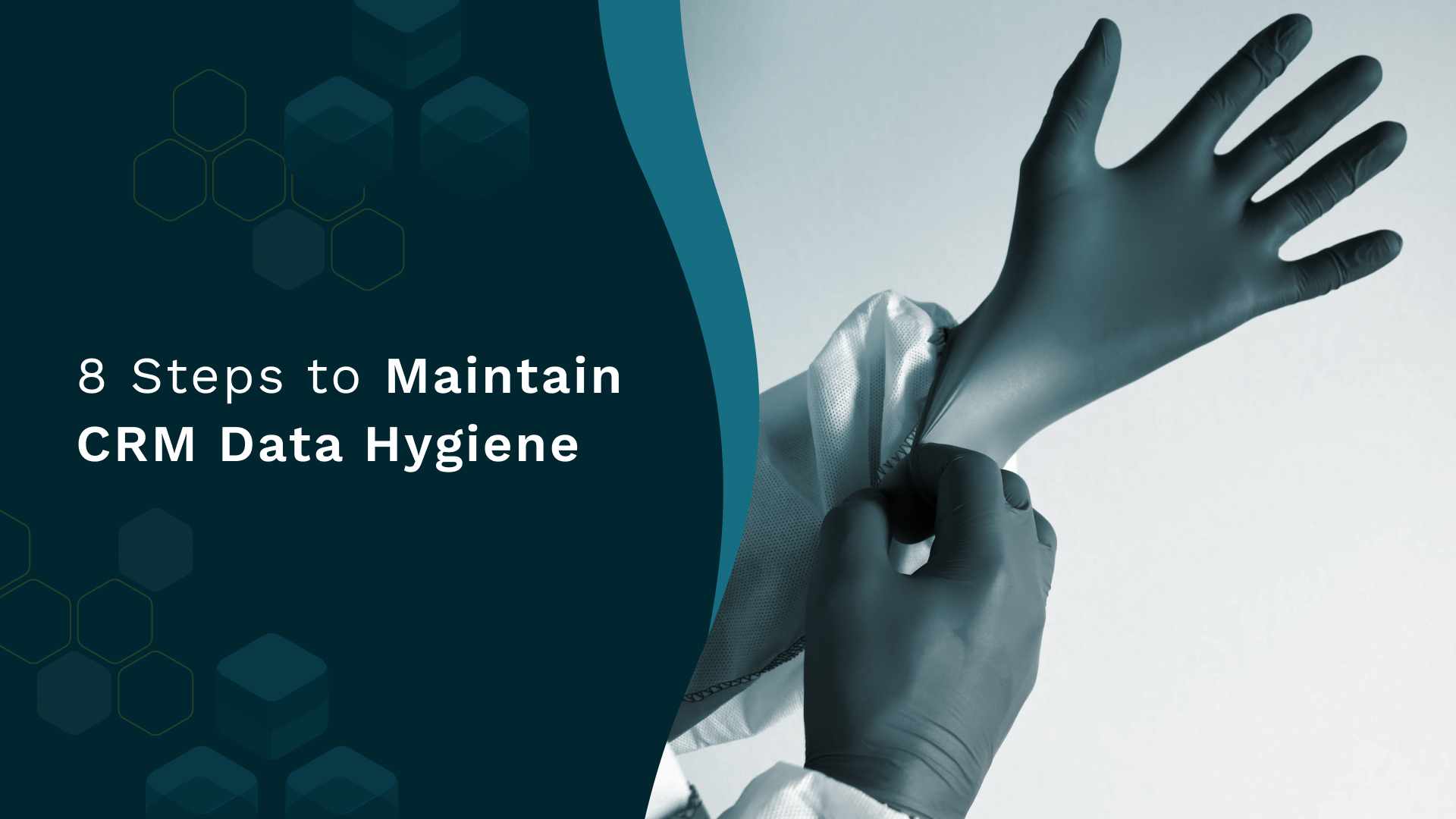CRM is one of the steepest investments in your tech stack. But even the most expensive or functionally superior CRM won’t work if the data in it is not clean.
Your CRM needs good quality data in it to do its job well. But it’s not about how much data you have. It’s about the quality.
Dirty data in CRM can manifest itself in a bunch of ways. Think incorrectly inputted data by your reps, duplicate records, data that never made its way into the CRM or data that is no longer relevant.
All these types of dirty data turn your CRM into a cost center, depleting its value over time.
Making CRM data hygiene a priority is necessary to achieve your revenue goals. And manual clean up sessions are not the answer here.
You need the right strategy to deal with your bad quality CRM data. And the right technology to support those goals.
In this guide to CRM data hygiene, we will take you through what CRM data hygiene means, why it’s important, what are the costs of ignoring it, and how you can devise a successful strategy to clean CRM data management.
The best part? All this information has been collected by RevOps experts who champion data hygiene.
Let’s go.
What is CRM Data Hygiene?
There are multiple sources which push in data into your CRM day after day. This data is used by your GTM team to draw insights and make business decisions.
CRM data hygiene is the process of ensuring that the data that enters and stays in your CRM is clean, complete and accurate. At all times.
Related Resource:Supercharging Revenue by Addressing CRM Data Leaks
If the data in it is filled with errors, all those actions that sales, marketing or customer success teams are making to drive revenue will fall flat. Or worse, lead to revenue leakage in your business.
Having a properly set up CRM data hygiene strategy in place can ensure that the data in your CRM is clean and enriched at all times.
Which means that the workflows that are being run by your GTM team on the basis of that data give you the maximum returns every single time.
Before we understand how you can build a solid CRM data hygiene strategy, let’s first understand the impact of poor CRM data on your revenue.
The Impact of Poor CRM Data on Your Revenue
Missing data in your CRM is a huge piece of the data puzzle. But it does not just end there.
Your CRM is infested with more data quality issues in the form of:
1. Stale data
CRM data decays at a ridiculously fast rate of 70.3% per year. This rate has accelerated at an unprecedented rate post Covid-19 as per 79% of respondents in a survey.
2. Incorrect data
Human data entry is prone to errors. Organizations still depend on reps to manually update CRM data. And they end up inputting incorrect information into the CRM.
3. Irrelevant data
Customer data keeps changing. People leave positions, companies grow out of segments, mergers and acquisitions happen, or your buyer goes for your competitor. But these changes never make its way to the CRM.

All these data inefficiencies cost organizations $36 billion in missed revenue!
How Poor CRM Data Hygiene Makes You Bleed Revenue
Here are some top causes of revenue leakage because of poor CRM data:
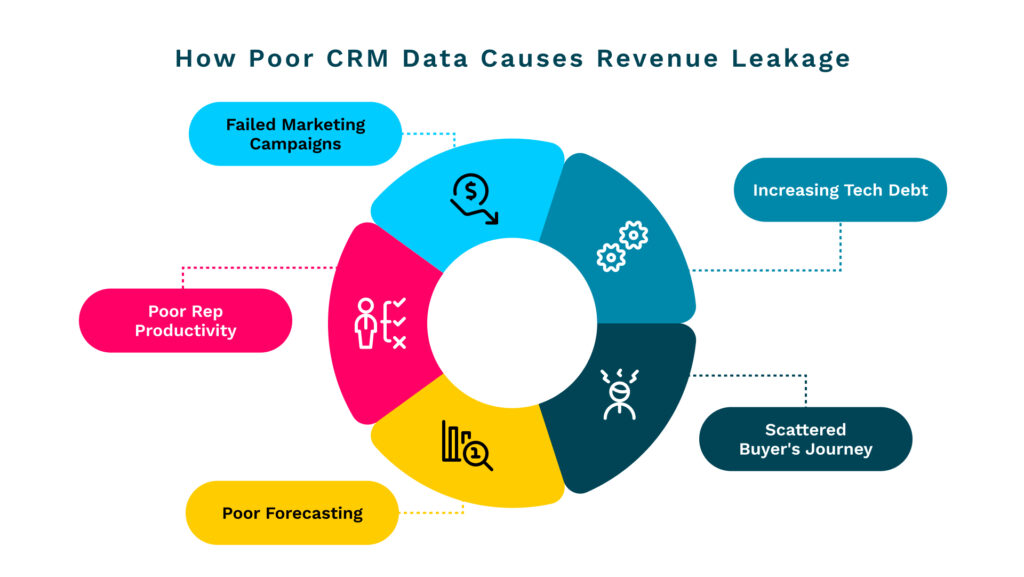
1. Increasing tech debt
The performance of tools in your tech stack depends on the quality of the data in your CRM. If your CRM data is of poor quality, these tools fail to deliver value and ROI. Overtime, this causes your tech stack to bloat and cause unnecessary expenses on the tech front.
2. Scattered buyer’s journey
Poor quality data in the CRM gives a false illusion of the buyer’s journey. In most cases, the buyer is at a different stage in the buying process while the seller tries to sell them as per the CRM stage they are at. They don’t remain on the same page which leads to missed opportunities.
3. Poor forecasting
Insights from bad quality CRM data leads to failure in predicting how much revenue will be closed quarter after quarter. This poor forecasting has a direct impact on resource allocation, and eventually on your revenue.
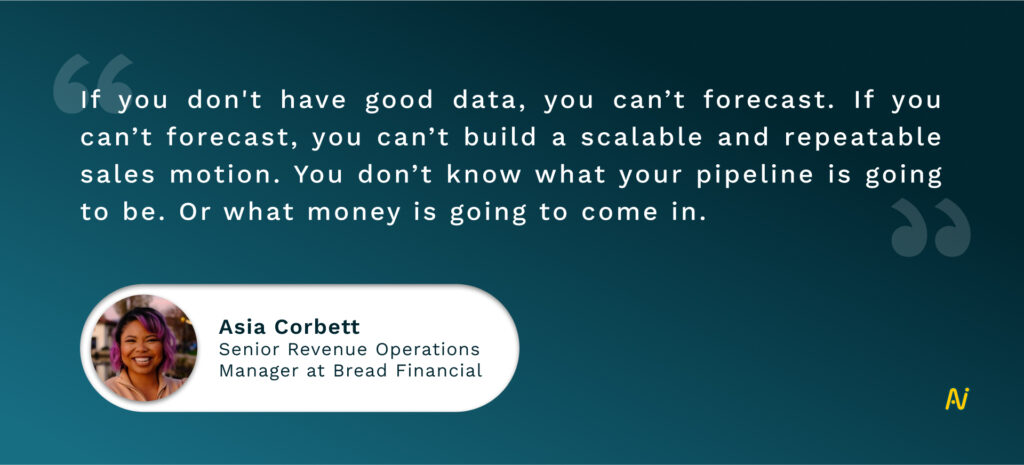
4. Poor rep productivity
Reps spend too much time on manual activities like CRM data entry, or hunting for data when a report requirement comes up. Bad CRM data affects their prospecting as they might be reaching out to the wrong people to begin with.
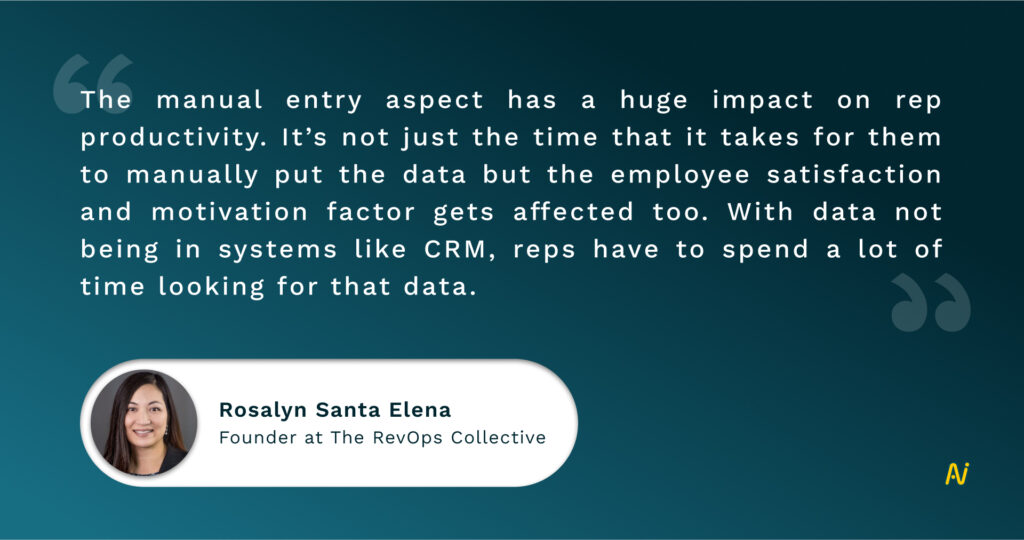
5. Failed marketing campaigns
Bad CRM data can lead to a string of campaign failures that can damage the reputation of a brand. For example, basing an ABM campaign on a list of stale contacts only ends up spending money on an idea that will never convert.

Why is “Bad CRM Data” So Common?
Despite so many advantages of good quality CRM data, why do companies still struggle with making CRM data a priority?
Have organizations accepted that poor quality CRM data is a problem that cannot be fixed? Or are they completely unaware of this problem?
Turns out. It’s both.
Organizations do realize that their CRM data quality is problematic and needs to be fixed. But they fail to create iron-clad processes and systems around their CRM data to actually deliver ROI.
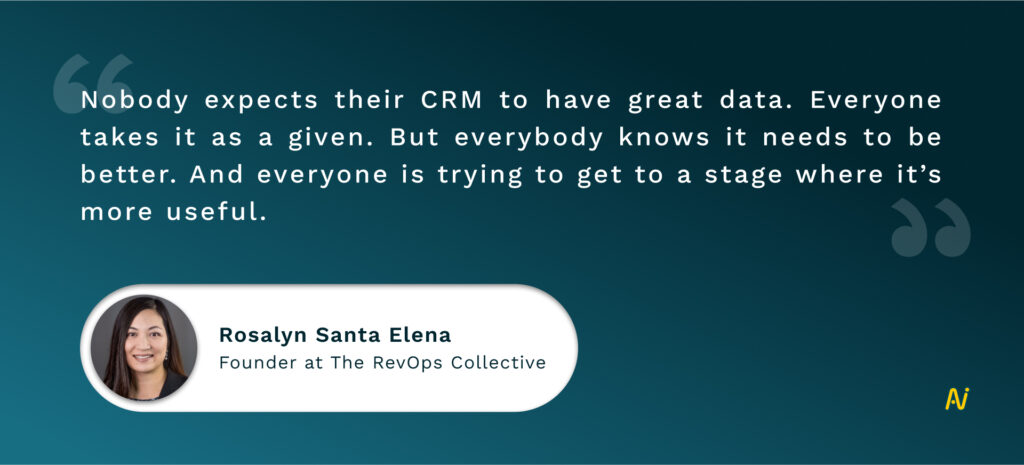
Here are some of the top reasons why CRM data quality still takes a backseat for organizations:
1. Lack of leadership buy-in
81% of leadership does not consider CRM data quality as a high priority initiative. This can be either because leadership is not aware of the catastrophic revenue effects of CRM data leakage, or they are too busy to take out time to fix this issue.
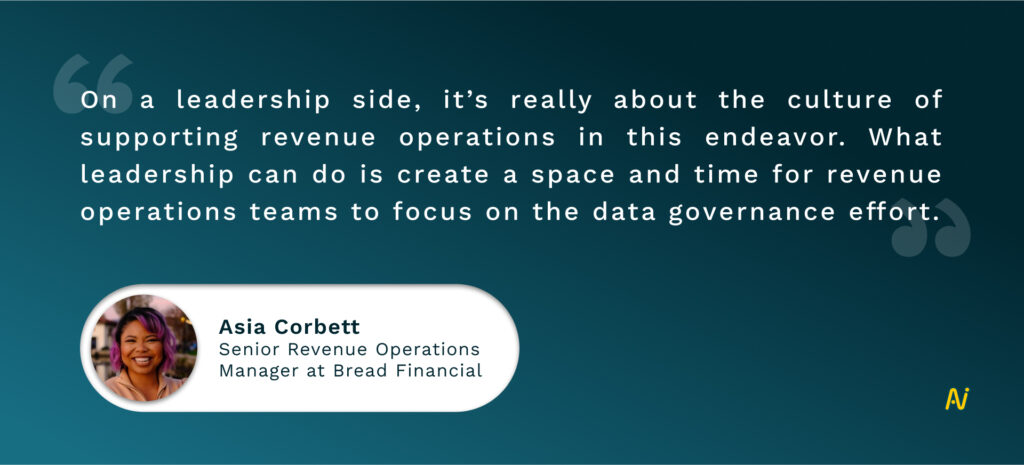
2. No solid data governance strategy
Data quality relies on good data governance. Data governance creates the framework that aligns people, processes and technology around ensuring quality data which is accurate, complete and relevant in real-time. Most organizations don’t have a data governance strategy in place to maintain data integrity. Just 3% of the data in a business enterprise meets quality standards.
3. No audit process at a regular cadence
The data in your CRM is constantly changing and evolving. People leave organizations, their contact information changes. Companies get acquired. New tools take over old technologies. There is so much dynamism around the data. But most organizations are not evolving their processes and infrastructure to support this. Leaving CRM data as a stagnant entity.
4. Over-reliance on manual processes
Manual processes are inherently error-prone. Depending on sales reps for manually entering CRM data is bound to cause errors like missing data or incorrect data. Similarly, depending on manual processes of data clean-up as a one-time event does not help fix data quality issues. Because of this, business leaders spend 70% of time finding data, and only 30% analyzing it.
Expert Advice: How to Pave the Way Towards CRM Data Hygiene
As a revenue operations leader, how can you start the first step towards preventing bad quality CRM data in your organization?
Let’s hear it from what revenue experts have to say:
1. Stop hoarding data
When it comes to data, most organizations care about having a lot of it. Which makes them care about way too many things, not all of them being really helpful.
Instead of giving attention to all the data you have, really focus on a handful of data points. Be immaculate and maniacal about those data points. And make sure for each of those data points, there is an objective source of truth.
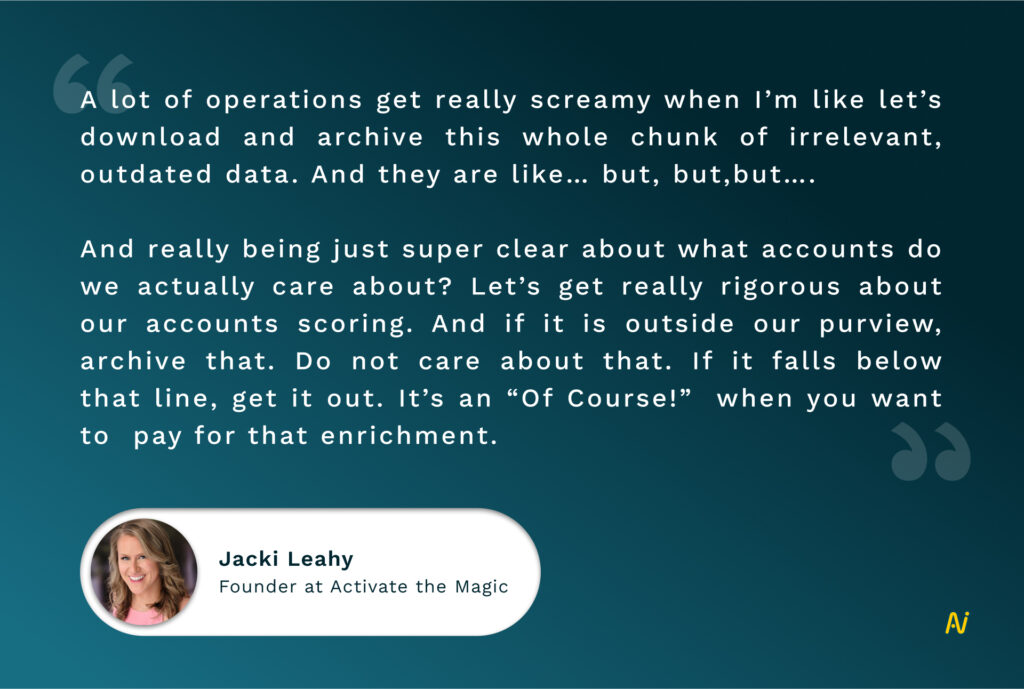
2. Look for data rule breakers
CRM data hygiene check should have the practice of looking for data rule breakers or anomalies. When you find these anomalies, do an investigation on why it occurred, and how it can be prevented from erupting in the future. Dig deep into these anomalies and figure out what the root cause of it. Fix that data and create a strategy where you or someone from the team continuously monitors it.
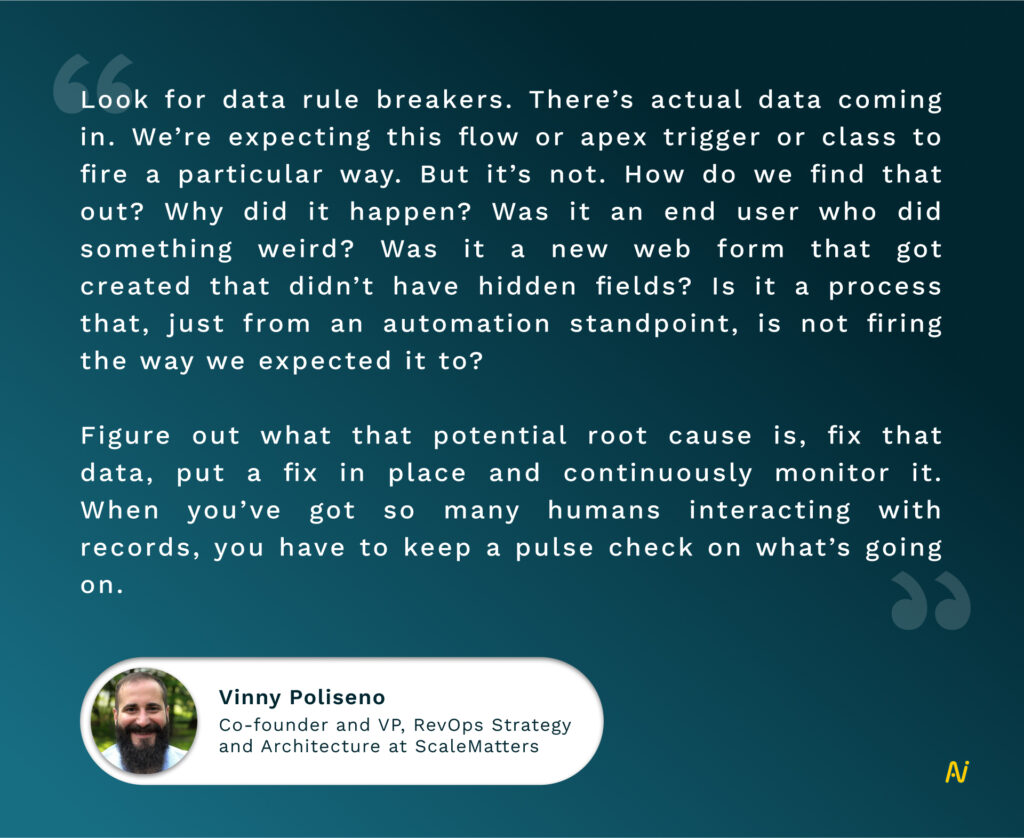
3. Make compelling use cases for leadership
If your current leadership does not prioritize data quality, there are ways revenue operations teams can convince them to do so.
But how do you convince leadership to create a data-first culture? By building use-cases for them.
Pick relevant use cases and demonstrate the benefit and value of that to your leadership team. Use the right tools to present that value even if it is through a simple report or dashboard in your current CRM.
Put together data points to show your management what directions you need to be heading towards or tell them why certain things are happening.
For example, if certain deals are getting stuck, you can work backwards from a number to understand how you can remedy that situation if you have access to the right data.
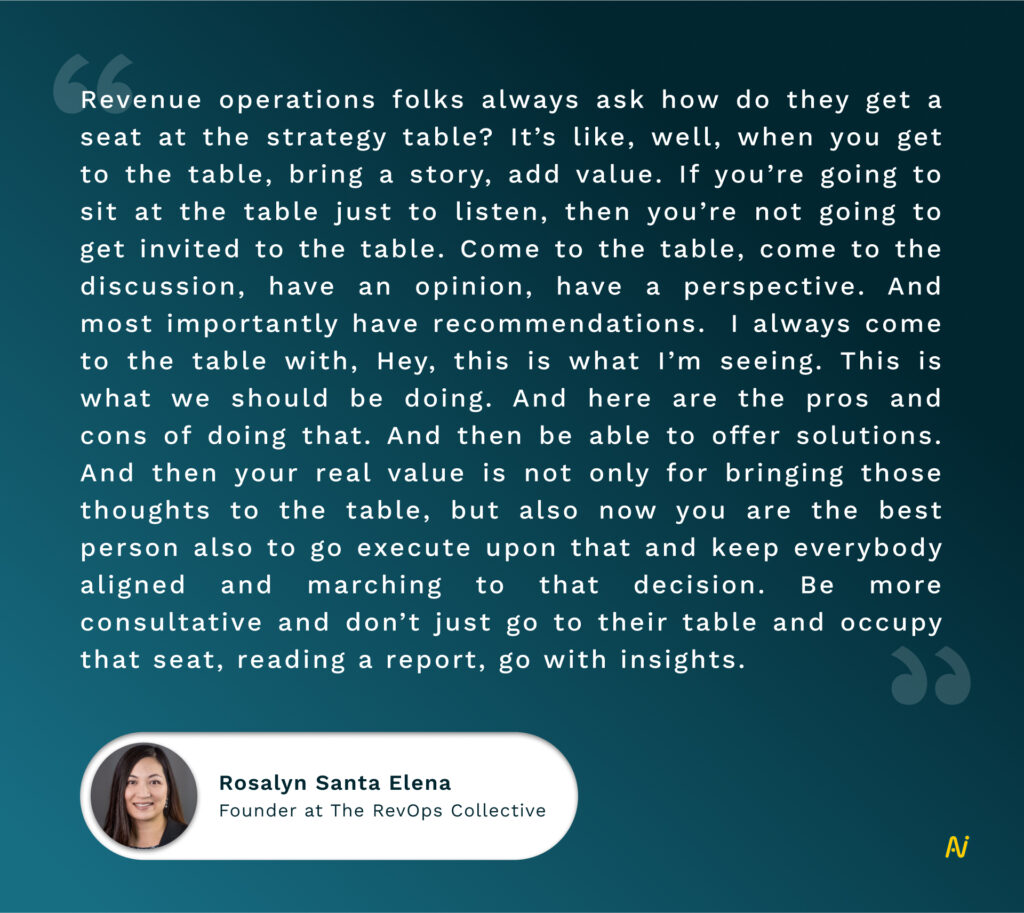
4. Have a solid strategy around your CRM
Just like every other tool in your tech stack, your CRM requires a bullet-proof strategy for it to deliver ROI.
Go back to the basics around what it is that you want from the CRM.
Having a solid roadmap available at the very beginning will prevent a lot of problems occurring from a blind investment.
Ask questions like:
- What are the use cases?
- How am I going to get ROI from the CRM investment?
- What is the plan going to look like when it comes to things like configurations, rollout, process updates, implementation, policies or enablement?
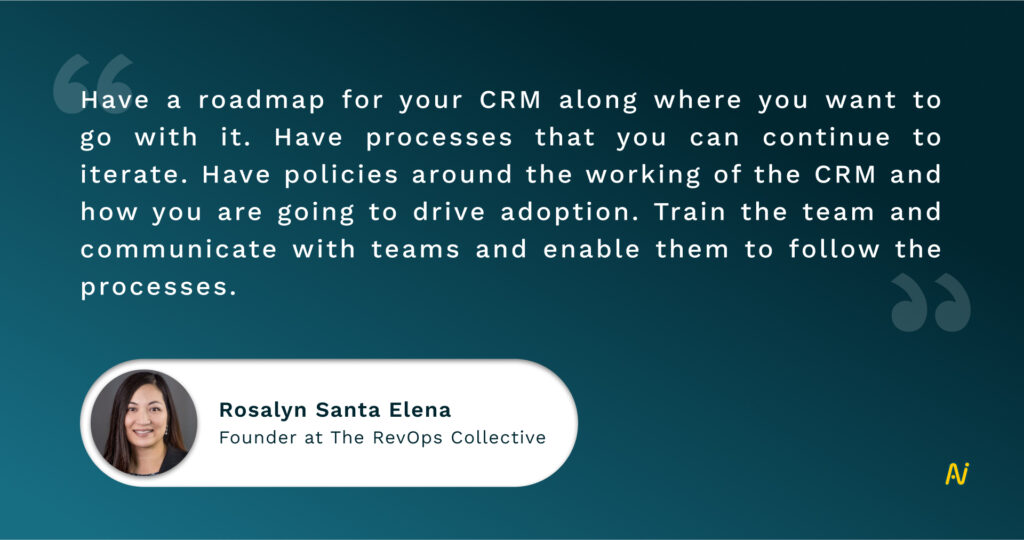
5. Have a data governance strategy
If you have to make data your strategic asset, you have to think of an overarching data governance strategy around it.
Ensure data integrity as data flows in, through and out of your CRM system.
Don’t let your CRM become a classic case of “garbage in, garbage out.” Create a bullet-proof data governance strategy to ensure your CRM data is clean, accurate, usable, and secure.
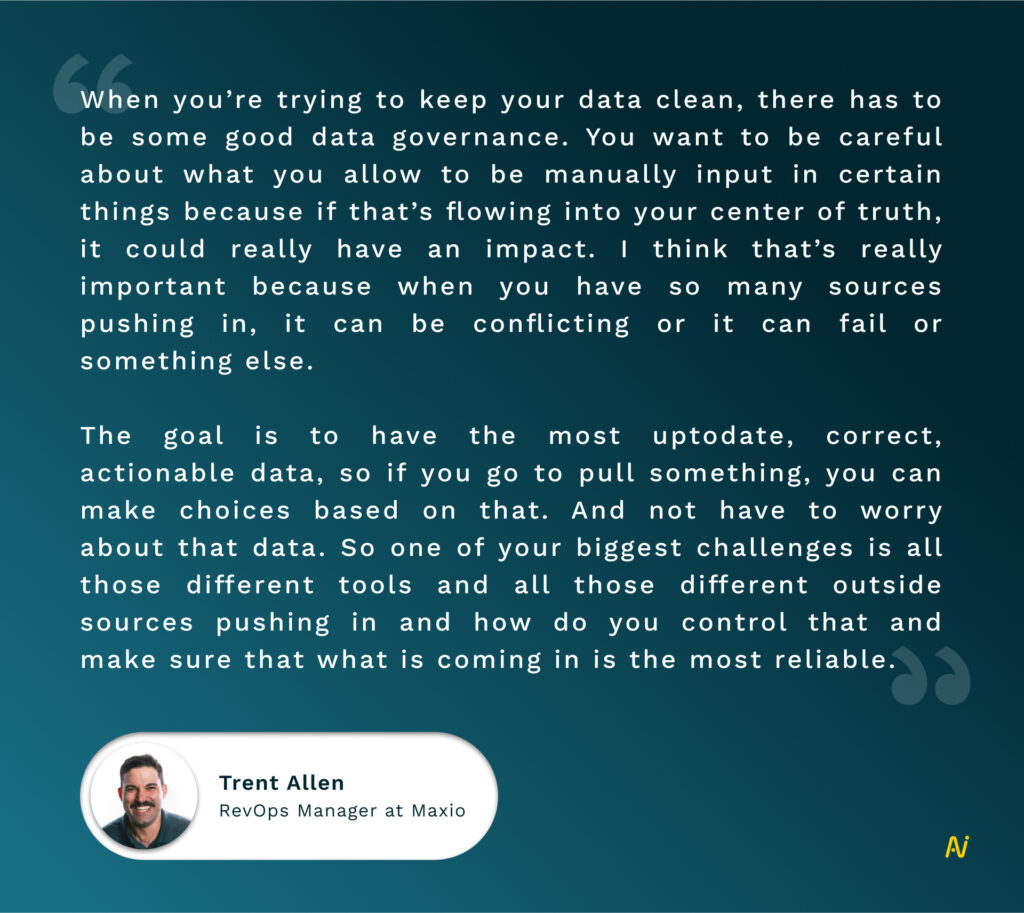
6. Carry out a CRM audit
Your CRM should go through an audit at a regular cadence just like any other tool that the revenue operations team owns.
Perform functions like checking your fields, completing your list of data, checking the integrations in your CRM audit.
If you use the CRM as your single source of truth, you will also have to audit the tools that are pushing data into the CRM.
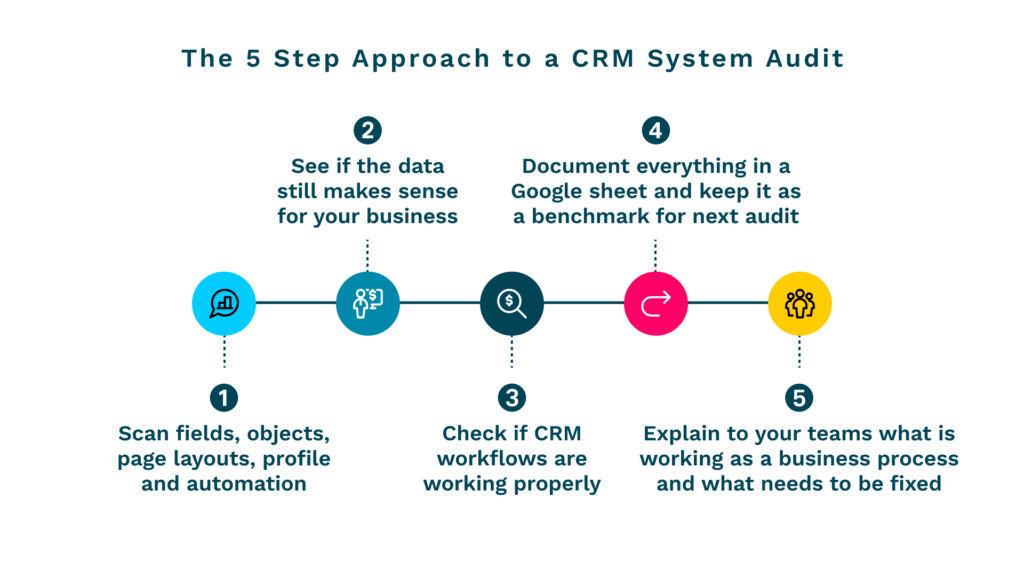
7. Automate manual processes
Automating the way data flows into the CRM, gets captured and enriched is critical to scale your business.
Automate all manual processes that prevent your sales reps from becoming rainmakers. A classic example is CRM data entry.
Invest in CRM data enrichment tools to keep ever-evolving CRM data updated.
8. Get a reliable tech partner
Getting a tech partner that automates CRM data entry, captures all your missing contacts and enriches them – without your go-to-market teams having to lift a finger.
PRO-TIP – Tools that work silently in the background and are invisible solve the problem of adoption and drive productivity by removing the onus from your teams to make them work.
A strong technology partner like Nektar can help you address your CRM data leakage problem and drive revenue growth for your business. With clean, accurate and complete data in your CRM, you can drive several strategic benefits that can ultimately supercharge your revenue engine.
Here are some of the top use cases of a CRM that has clean, complete and accurate data. All of these cases drive significant strategic benefits for a business.
- Improved forecasting
- Better GTM alignment
- Increased sales productivity
- Successful ABM campaigns
- Higher ROI from tech stack
Make CRM Data Hygiene a Priority Today
It’s never too late to start fixing your CRM data quality. Good quality CRM data will have ripple effects throughout different parts of your business. This will translate into higher revenues and help you focus on driving productivity in 2023 and beyond.
Make CRM data your priority.
Learn how Nektar can help you put CRM data hygiene on auto-pilot.

